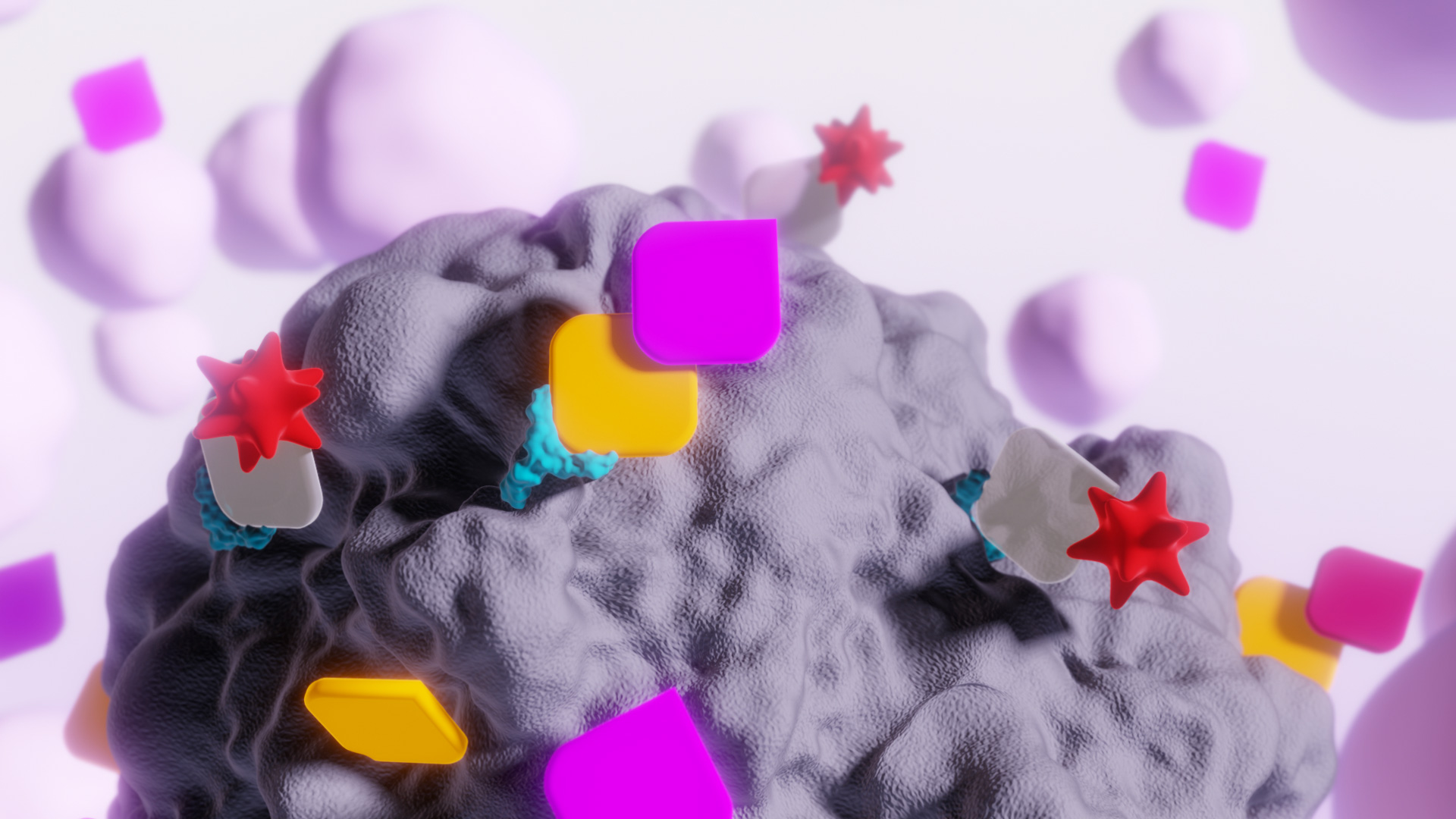Latest News

Roger Dansey, M.D., a former senior executive at Pfizer and Seagen, brings extensive experience in oncology clinical development and the development of antibody-drug conjugates (ADCs) and other targeted cancer therapies.
SAN FRANCISCO, Oct. 1, 2025 - PRNewswire - Shasqi, Inc. ("Shasqi") a biotech company whose mission is to make cancer drugs more effective with pre-targeting enabled by click chemistry, today announced the appointment of Roger Dansey, M.D., a prominent leader in oncology research and drug development, to its Board of Directors.
Dr. Dansey most recently served as the Chief Development Officer and interim Chief Oncology Officer at Pfizer Oncology. Prior to this, he was Chief Medical Officer and President of Research and Development at Seagen Inc., a company known for pioneering and commercializing ADCs. Over the last 20 years Roger has contributed significantly to the clinical development and multiple approvals of important cancer medicines such as Xgeva®/Prolia® (denosumab), Zydelig® (idelalisib), Keytruda® (pembrolizumab), Adcetris® (brentuximab Vedotin), Padcev® (enfortumab vedotin), Tivdak® (tisotumab vedotin) and Tukysa® (tucatinib).
"Roger brings his exceptional leadership in oncology to our Board at a pivotal moment. Most importantly, Roger's deep expertise in the development of ADCs from his tenure at Seagen and Pfizer will be invaluable as we bring our lead asset to the clinic and grow our pipeline of pre-targeted cancer therapeutics," said Shasqi CEO and Founder, José M. Mejía Oneto, M.D., Ph.D."
"I'm delighted to join the Shasqi team and Board of Directors to advance their pre-targeting technology. This pioneering approach has real potential to benefit patients by getting more drug directly to tumors and improving efficacy - without the dose-limiting toxicities of current therapies," said Dr. Dansey."

